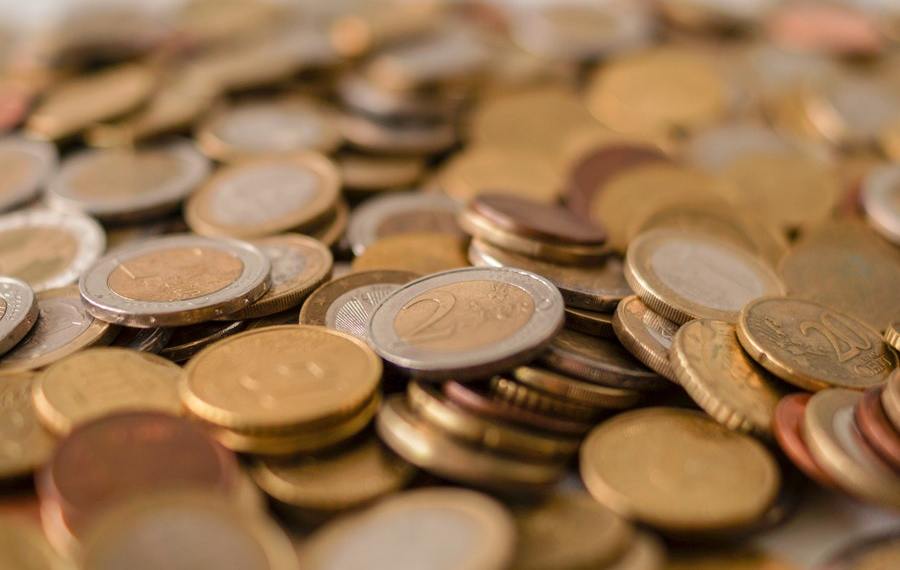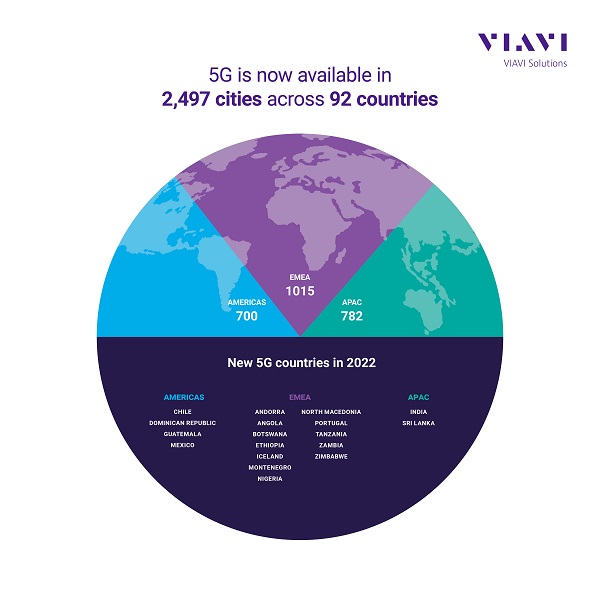Nigeria spent nearly all of its revenue last year servicing its debts, while its external revenue continues to shrink.
According to the World Bank, debt service as a percentage of government income increased to 96% in 2022 from 83% the previous year.
Due to low revenue and rising interest payments, Africa’s largest economy has almost no money after paying debt interest.
This has resulted in persistent fiscal deficits that are partially funded by costly central bank loans, as well as an increasing public debt stock-to-GDP ratio of 38%, just below the government’s self-imposed 40% limit.
“Nigeria is in a more fragile position than before the late 2021 global oil price boom,” the World Bank said.
Debt Management Office (DMO) puts Nigeria’s public debt at N46.25 trillion ($103.11 billion) as of end-December 2022, compared to N39.56 trillion ($95.77 billion) in 2021.
Nigeria’s external reserves fell by $63.62 million in January.
The organization said one important step the government can take to ease fiscal pressure is to scrap an expensive gasoline subsidy — which cost 2.3% of GDP in 2022, up from 0.7% the year prior.
According to the World Bank, Nigeria’s economy will grow at a 2.9% annual rate between 2023 and 2025, just slightly faster than the population growth rate of 2.4%.
World Bank stated low economic growth will cause an additional 13 million Nigerians to fall into poverty between 2019 and 2025. Already, 41% of the estimated 219 million people in the country live in extreme poverty.
The World Bank predicts that Nigeria’s “fiscal deficit will remain above 5% of GDP” until 2025 in the absence of significant increases in oil revenues and tax reforms.







Comments 1